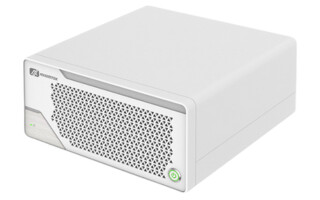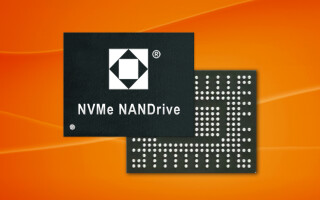TSMC, Cadence, KLA, Siemens, and Synopsys Adopt NVIDIA Blackwell and CUDA-X Platforms
May 19, 2025
News

TSMC, Cadence, KLA, Siemens, and Synopsys are advancing semiconductor manufacturing by adopting the NVIDIA CUDA-X and NVIDIA Blackwell platforms.
NVIDIA Blackwell GPUs, NVIDIA Grace CPUs, high-speed NVIDIA NVLink fabrics and switches, and domain-specific NVIDIA CUDA-X libraries like NVIDIA cuDSS and NVIDIA cuLitho are designed to improve computational lithography and device simulation for advanced chip manufacturing.
Per the company, NVIDIA cuLitho and Blackwell speed up lithography by up to 25x.
Earlier this month, electronic design automation (EDA) software and services provider Cadence announced its Millennium M2000 platform, built exclusively on NVIDIA Blackwell for the EDA market. The M2000 is a scalable turnkey solution for deploying NVIDIA Grace Blackwell and CUDA-X libraries with a fully accelerated portfolio of Cadence design tools.
Cadence is also one of the first to adopt NVIDIA NVLink Fusion, enabling custom silicon scale-up for model training and agentic AI inference. By adopting NVLink Fusion, Cadence allows hyperscalers to optimize and validate across the entire design spectrum.
This month, Cadence announced the Millennium M2000 AI Supercomputer to transform silicon, system, and drug design. Based on the NVIDIA Blackwell platform, options include the NVIDIA GB200 NVL72 system for tackling system-on-a-chip, 3D-IC, and subsystem implementation and signoff using Cadence Cerebrus AI Studio and Cadence multiphysics system analysis tools, as well as the new NVIDIA RTX PRO 6000 Blackwell Server Edition GPU for smaller chip designs and simulations.
Siemens is harnessing the parallel processing power of the NVIDIA CUDA-X libraries and the performance of the Grace Blackwell platform to accelerate its Calibre platform.
This integration is designed to support improved speed and accuracy in critical semiconductor manufacturing steps, including optical proximity correction with nanometer precision, comprehensive physical verification, robust design for manufacturability analysis, thorough reliability verification, and seamless integration and automation across the design-to-manufacturing flow.
Additionally, Synopsys, a leading EDA software and services provider, is using NVIDIA CUDA-X libraries and Blackwell for its EDA tools, including Synopsys PrimeSim, Proteus, S-Litho, Sentaurus Device, and QuantumATK. By integrating with CUDA-X libraries, Synopsys achieved new benchmark results for Sentaurus Device, QuantumATK, and S-Litho on the NVIDIA B200, demonstrating a 12x, 15x, and 20x scale-up, respectively, versus comparable CPU infrastructure.
In addition, Synopsys recently announced at NVIDIA GTC that they project Synopsys PrimeSim to run 30x faster and Synopsys Proteus to run 20x faster on NVIDIA Blackwell platforms.
Semiconductor process control equipment manufacturer KLA and NVIDIA have worked together for over a decade to advance KLA’s physics-based AI with optimized high-performance computing solutions that tap into GPUs and the CUDA ecosystem. KLA’s inspection and metrology systems capture and process images by running complex AI algorithms to find the most critical semiconductor defects at significant speeds.
KLA is looking forward to evaluating the NVIDIA RTX PRO 6000 Blackwell Server Edition with CUDA-X libraries for certain markets to further accelerate inference workloads powering the semiconductor chip manufacturing process.
By embedding NVIDIA Blackwell into EDA, manufacturing and process control, NVIDIA is helping the semiconductor industry deliver the next generation of high-performance chips faster.





